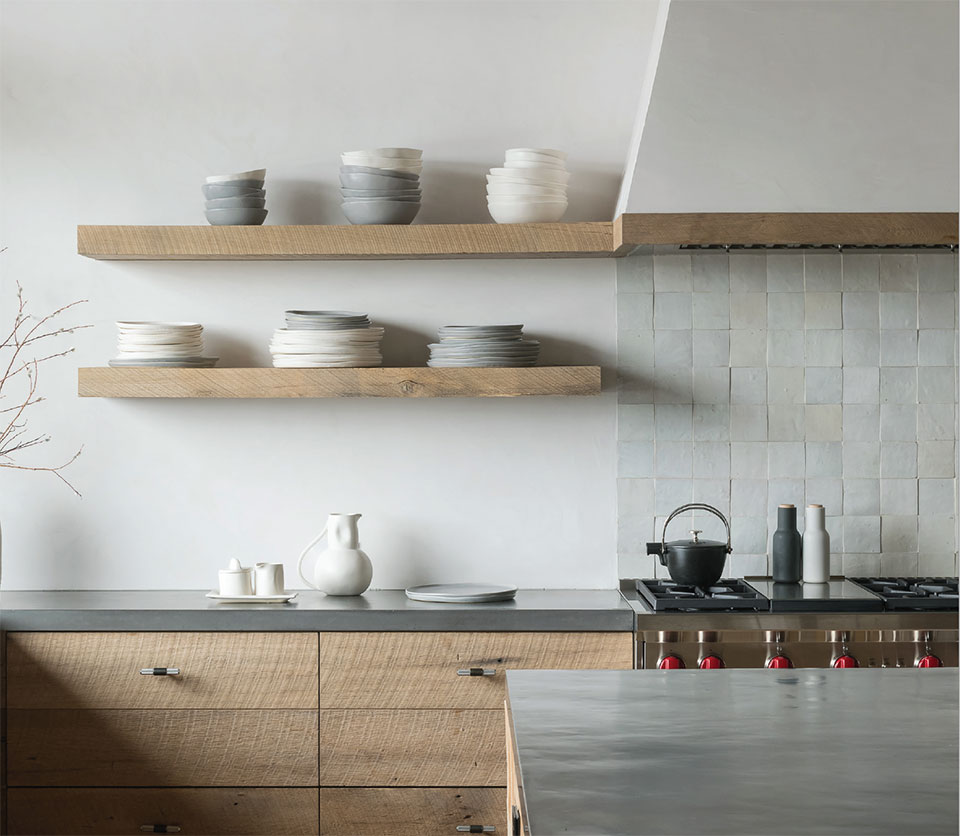WHEN TALENTED PROFESSIONALS TALK, WE LISTEN.
From the inside to the outside, WHJ covers everything “home.”
Meet two interior designers with Pearson Design Group who get inspiration from travel, literature, and the mountains that surround us. New to Bozeman, Ivan Kelley of VITA Planning & Landscape Architecture brings a wealth of experience and national resources to landscape design in the Rocky Mountains.
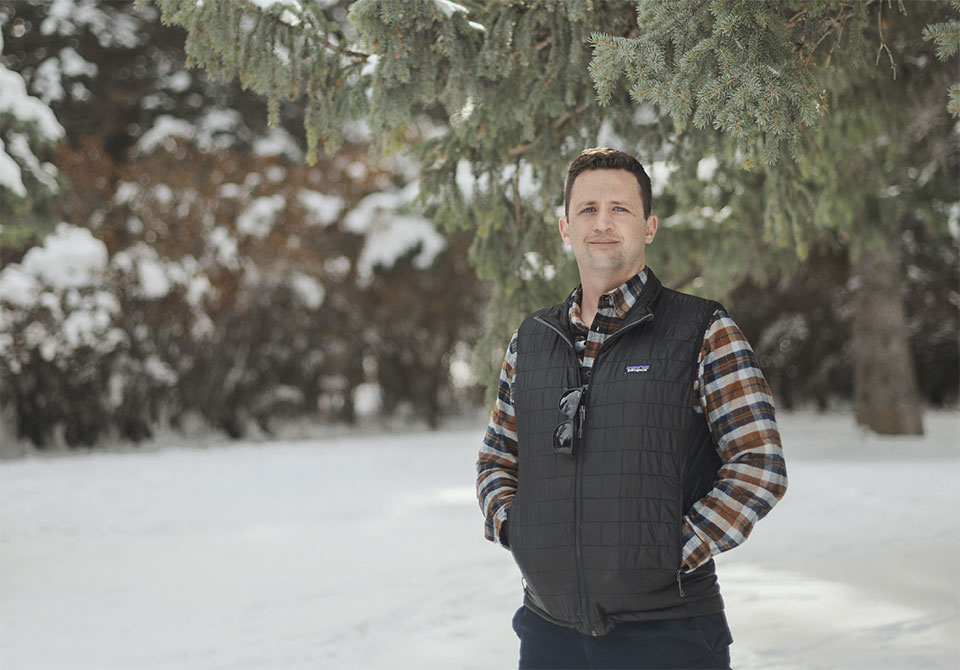
VITA Planning and Landscape Architecture
Ivan Kelley, Senior Associate
VITA Planning and Landscape Architecture is a studio of approximately 40 planners, landscape architects, architects, and artists dedicated to the thoughtful integration of the built environment with the natural context of the site and the cultural cues of the region. As a senior associate and project manager at the firm, Ivan Kelley collaborates with his talented colleagues on a daily basis to prepare the contracted deliverables, acting as the primary point of contact for consultants and the client. Based in Bozeman, Ivan actively participates in the design and documentation of the firm’s projects—be they in Montana or across the globe.
How did you get your start here?
VITA’s efforts in Montana span decades and stretch from Glacier to Yellowstone. The firm’s founder, Don Vita, performed master planning exercises for a private community on the shores of Whitefish Lake nearly 20 years ago. VITA has continued to work in the region since its inception and has been engaged with master planning, diligence exercises, site design, and residential landscape architecture at Big Mountain, Moonlight Basin, Yellowstone Club, and Spanish Peaks Mountain Club.
What services do you offer?
Initially our core practice focused mainly around community master planning and residential landscape architecture. As VITA has grown over the years, so too has the diversity of our team and our skillset as an organization. Our broadened expertise has allowed us to expand our services to include concept architecture, entitlement support, community visioning, hospitality site design, environmental graphics, construction observation, architectural illustrations and renderings, the administration of subconsultant contracts, and much more.
What geographic areas do you serve?
Currently, VITA is working on projects in coastal, desert, and mountain environments, both at home and abroad. Globally, we are active in the Americas, Europe, the Middle East, and other destinations overseas. Regionally, we’ve been fortunate to see a significant uptick in our work in southwestern Montana, Utah, and Idaho. We have teams in southwestern Montana, Arizona, and Colorado, with our home base in the Bay Area.
What design inspires you?
Design that is responsive to the site, contextual in its character, and truly celebrates a location’s sense of place is hard to beat. From an architectural perspective, I feel like the work of Olson Kundig may best exemplify this. Seamless integration of native site features into the composition of the architecture, contemporary interpretations of ancient techniques and materials, and a relentless pursuit of homes that sit lightly on land are just a few of the methodologies pervasive in Kundig’s portfolio. When I start looking through their work, I’m hard-pressed to stop.
Is there a local building you most admire?
As odd as it may sound, Story Mill. Although the historic structure is undoubtedly endangered in its current state, it still stands proud and says so much about the character of this region. With the influx of transplants, myself included, structures like this become increasingly vital in telling the story of pride, resilience, and strength embedded in this community.
How do you see planning and landscape architecture changing in the next five to ten years?
In my opinion, the trajectory for change has begun in recent months. Many of the trends we were beginning to see a couple years ago, like the rise of the “agrihood,” hamlet-esque development footprints, a renaissance in America’s small- and medium-sized cities, and the need to trade our screens for outdoor adventure have become exponentially more popular as a res-ponse to the pandemic. More than ever, I see the public valuing our public lands, community parks, open space, private gardens, and outdoor amenities. In turn, there’s a heightened awareness of the landscape architect’s role in crafting these venues for respite from the complexities of everyday life.
What projects are you most excited about right now?
Although I’m equally excited about all of our projects, I couldn’t be more excited for an upcoming residential project on the slopes of Big Sky, our ongoing work on the shores of Lake Coeur d’Alene, and to be working again with a great client in the Wasatch Range in Utah.
What words do clients/homeowners use to describe your work?
Contextual, responsive, empathetic, timeless, inspired yet understated, all while maintaining functionality and purpose.
What do you enjoy most about living and working where you do?
As predictable as it may sound, it would have to be seeing Montana through the eyes of our one-year-old son and three-year-old daughter as we spend time on my sister/brother-in-law’s property near Gallatin Gateway, soak up the wide-open spaces, and embrace the character of the American West found only here. Professionally, knowing that clients and their families are engaging the outdoors, using the spaces we’ve created together, and creating lasting memories as a family always inspires a sense of satisfaction.
What is your favorite season?
Winter – hands down. Although the winter days were short, the winter memories outside were abundant growing up in the San Luis Valley in southern Colorado. As kids we counted down the days until pick-up hockey started on the frozen artesian ponds, snowcat rope tows out of the Waterfall Area at Wolf Creek Ski Area, and nights spent with frozen hair at the local hot springs pool. As great as summers were in the Rockies, childhood memories of winter still fuel my love for the season today.
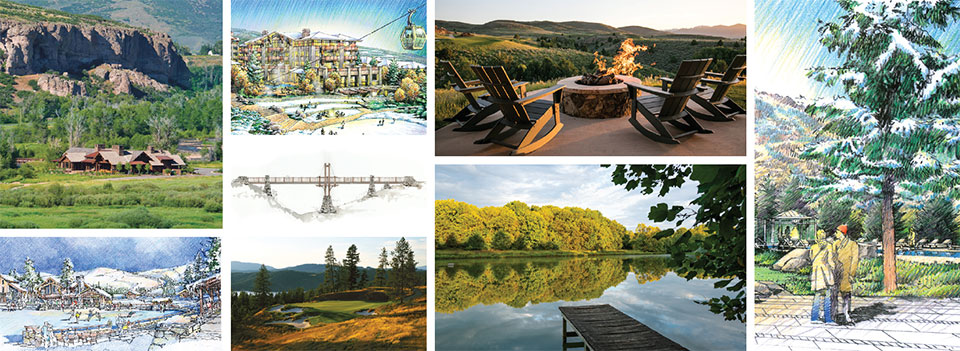
“Design that is responsive to the site, contextual in its character, and truly celebrates a location’s sense of place is hard to beat.”
–Ivan Kelley, Senior Associate, VITA Planning and Landscape Architecture
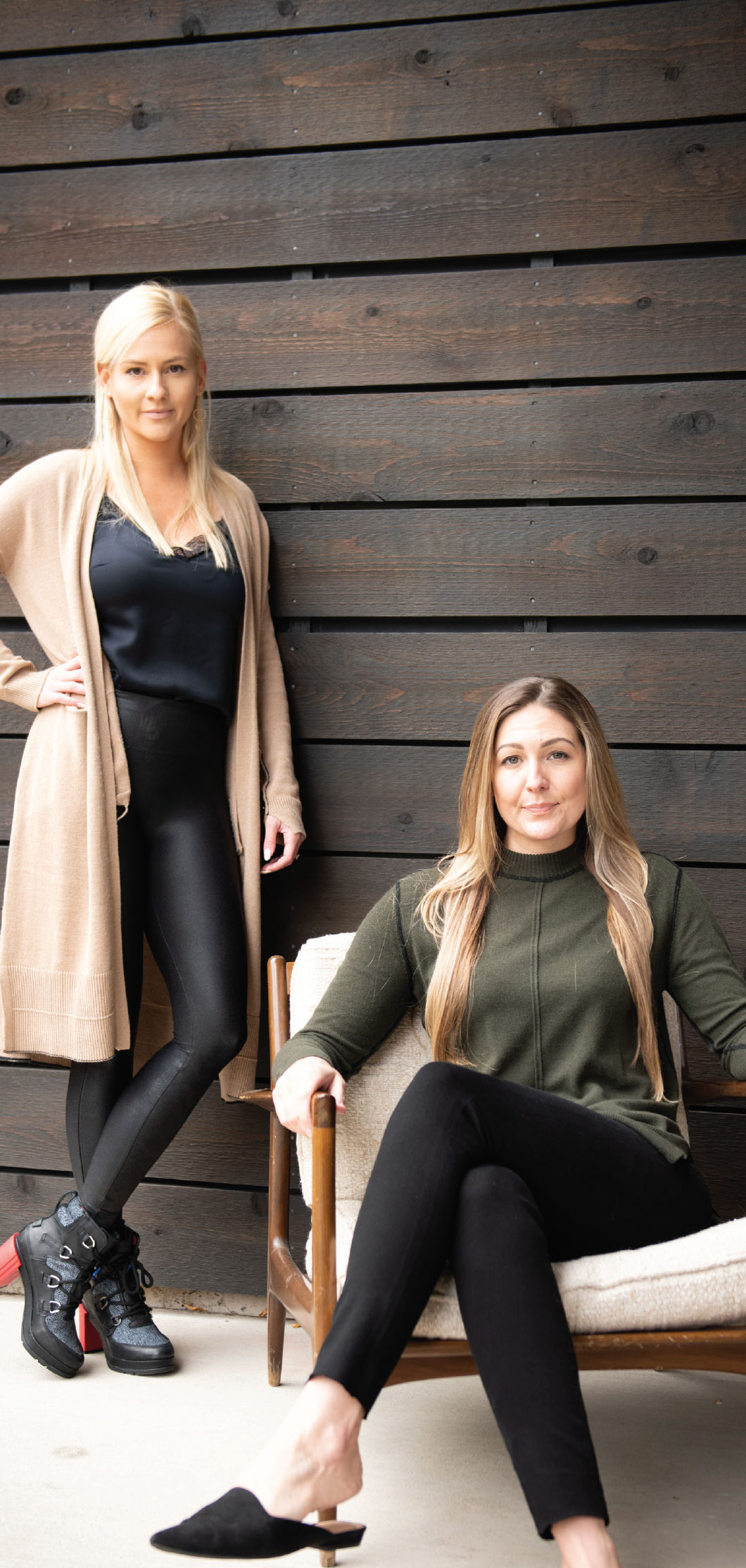
Pearson Design Group
Leisa Kaiser & Christa Palecki, Interior Designers
Pearson Design Group offers a broad range of design aesthetics that are reflective of its inventive and creative spirit. Focused on originality, PDG approaches every project with a well-managed, collaborative process for architecture and interior design. The team explores opportunities and assesses constraints in order to craft an architectural experience that evolves into an integrated and original story — a whole, a home, a legacy. Meet two of PDG’s team who contribute their passion for interior design to PDG’s broad range of services.
What services do you offer?
Pearson Design Group offers turnkey interior design services, from conceptual design to procurement to installation. While we offer a broad range of design aesthetics to suit our clients’ visions, we specialize in custom residential projects in the alpine, ranch, lake, and camp styles. Our projects range from large, multi-structure ranch and family camps to intimate, highly detailed retreats. Locally, we have also worked on mixed-use commercial projects here in Bozeman.
What geographic areas do you serve?
Our project list spans from California to Connecticut to Canada, but a majority of our projects are in the Northwest.
What other specialties do you have in-house?
Pearson Design Group also offers architectural services. Having both an interior design and architecture department creates a unique opp-ortunity for our clients. They have access to our ability to work closely together, which allows us to approach every project with a well-managed, collaborative process, leading to the creation of successful, cohesive environments.
Share a project that gives you pride.
Chalet YCMT is one of our favorite and most accomplished projects. This project won Mountain Living Home of the Year 2019. The home was inspired by a European alpine ski chalet with classic characteristics and a modern European interior aesthetic.
What makes the difference between good design and great design?
Exceptional interior design honors the architectural structure that surrounds it, fostering harmonious and balanced relationships between interior and exterior spaces.
What words do people use to describe your work?
Holistic, organic, honest, textural, handcrafted, natural.
If you weren’t an interior designer, what would you be doing?
Leisa: I would be a professional organizer. I do think organizing is a big part of the design process and makes a space more functional while also transforming the space visually with a styled aesthetic. So ideally, I would mesh interior design with professional organizing.
What places in the world do you find most inspirational?
Leisa: I’m most inspired by traveling and discovering new things on those adventures. It is important to get out and see the world as much as you can. This opens your mind to become more creative with design. My most recent trip was to Italy, where my most creatively fulfilling moments were spent walking through all the small towns and the back alleys of Rome. I found all the different materials and colors to be very inspirational.
What do you enjoy most about living and working where you do?
Christa: I’m sure, like most who live here, what I enjoy about our location is the landscape. I’m originally from back East and until I moved to Montana, I had never experienced such expansive land and mountain views. I’m truly in awe of the ever-changing colors and the textures that each season brings. It’s impossible to not be inspired every day by our local natural beauty.
Last book you read that you would highly recommend?
Christa: I recently read The Beauty of Everyday Things. The book is a collection of essays from Soetsu Yanagi, who was a Japanese art critic, historian, and philosopher. His focus is mainly on the simple and anonymous artistry of Japanese handicrafts. Because we encounter those objects every day, the humble beauty of well-made household things becomes more important than the showy beauty of fine arts. The book also calls out how we are surrounded by ugly, machine-made, throw-away things, and requests an examination and transformation of our relationship with these types of objects. Yanagi believed that these everyday things should be made with care and built to last, treated with respect and even affection. The quote I found most profound from the book was, “There is no greater opportunity for appreciating beauty than through its use in our daily lives.”
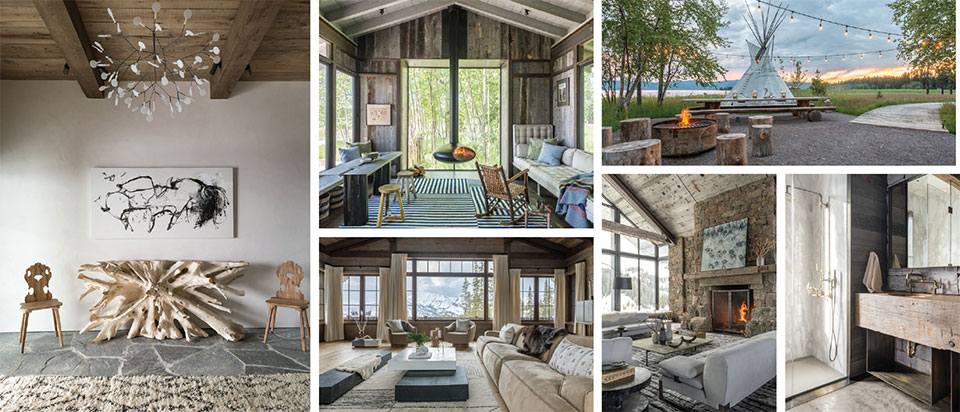
“Exceptional interior design honors the architectural structure that surrounds it, fostering harmonious and balanced relationships between interior and exterior spaces.”
–Leisa Kaiser & Christa Palecki, Interior Designers, Pearson Design Group
